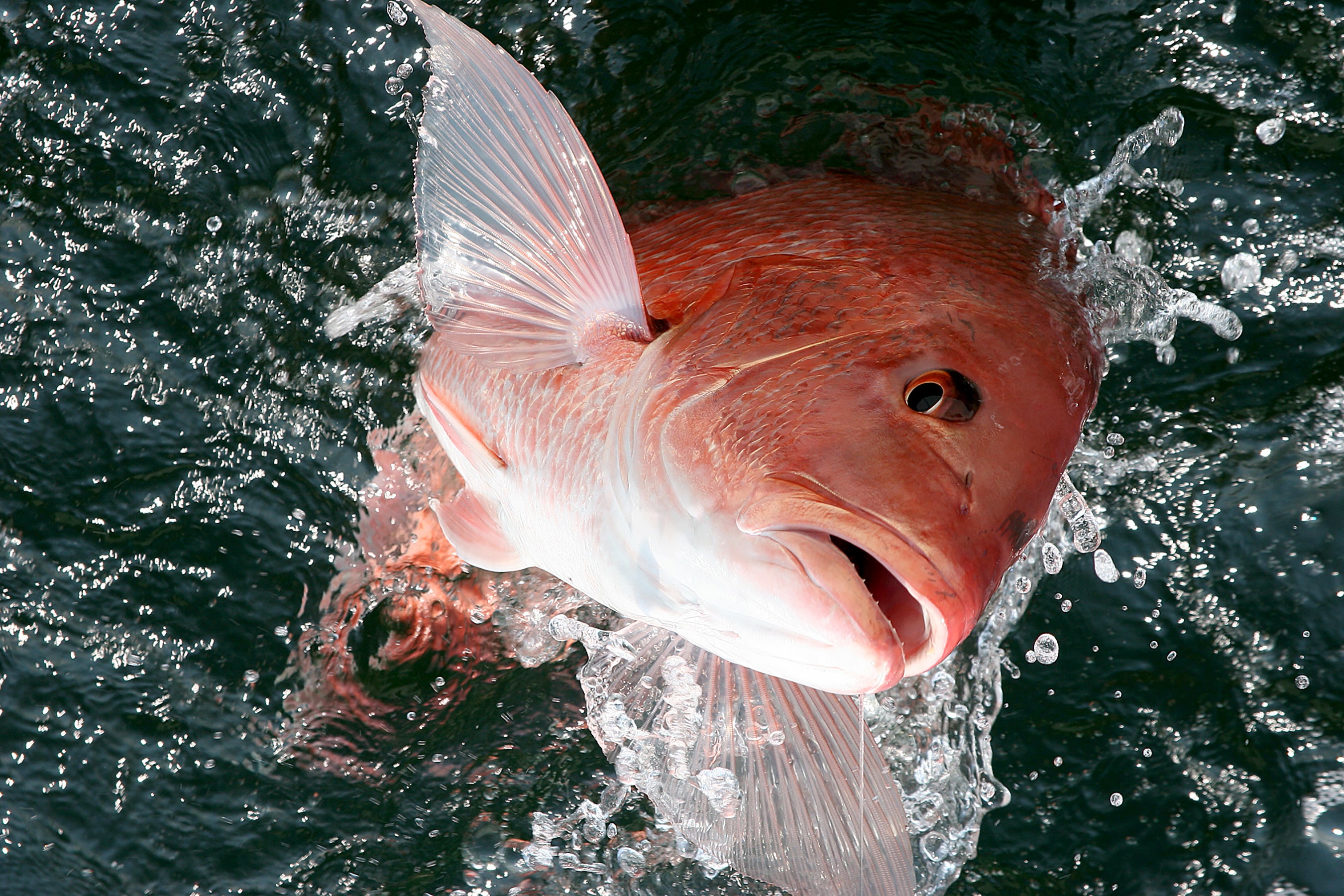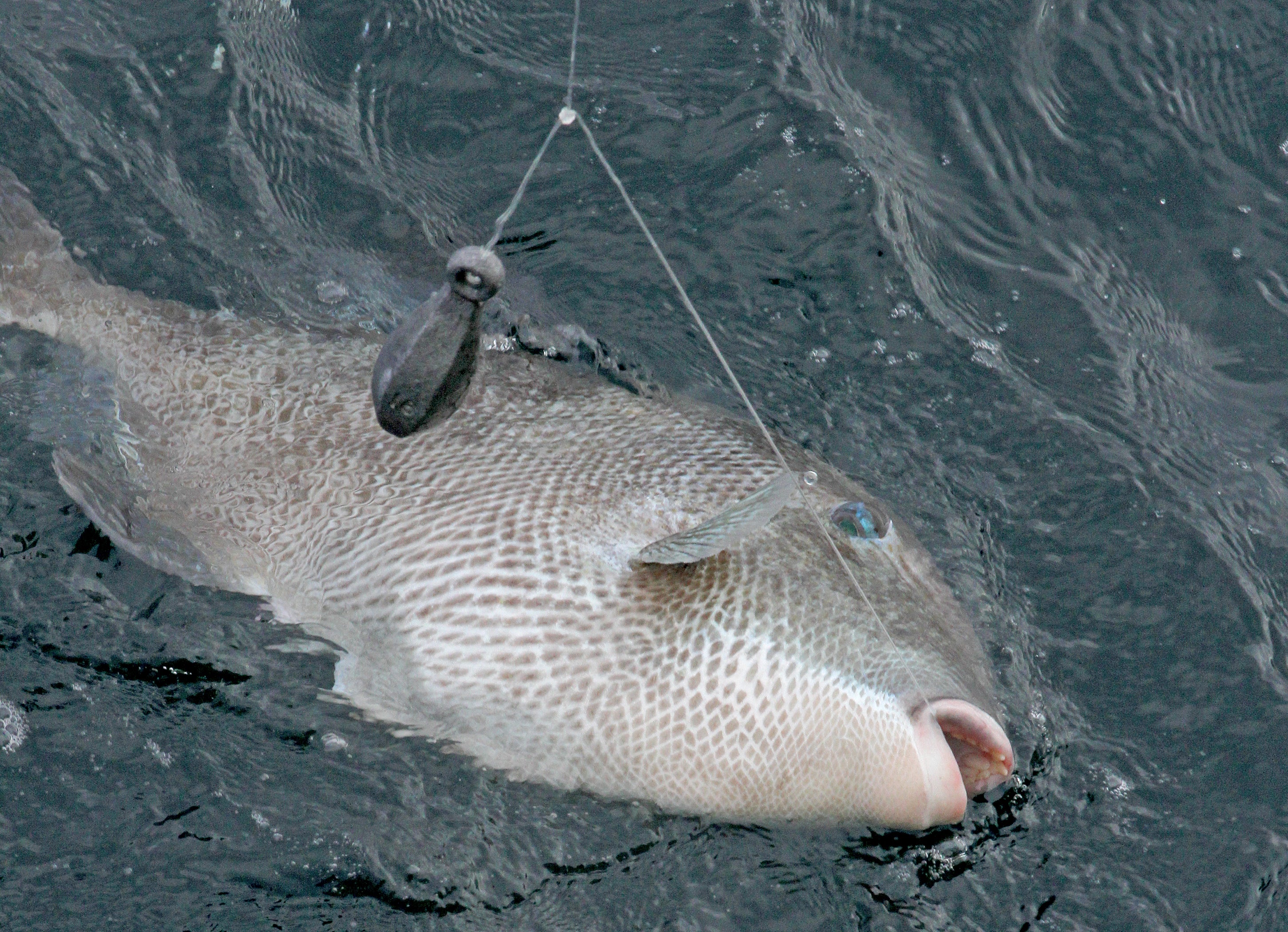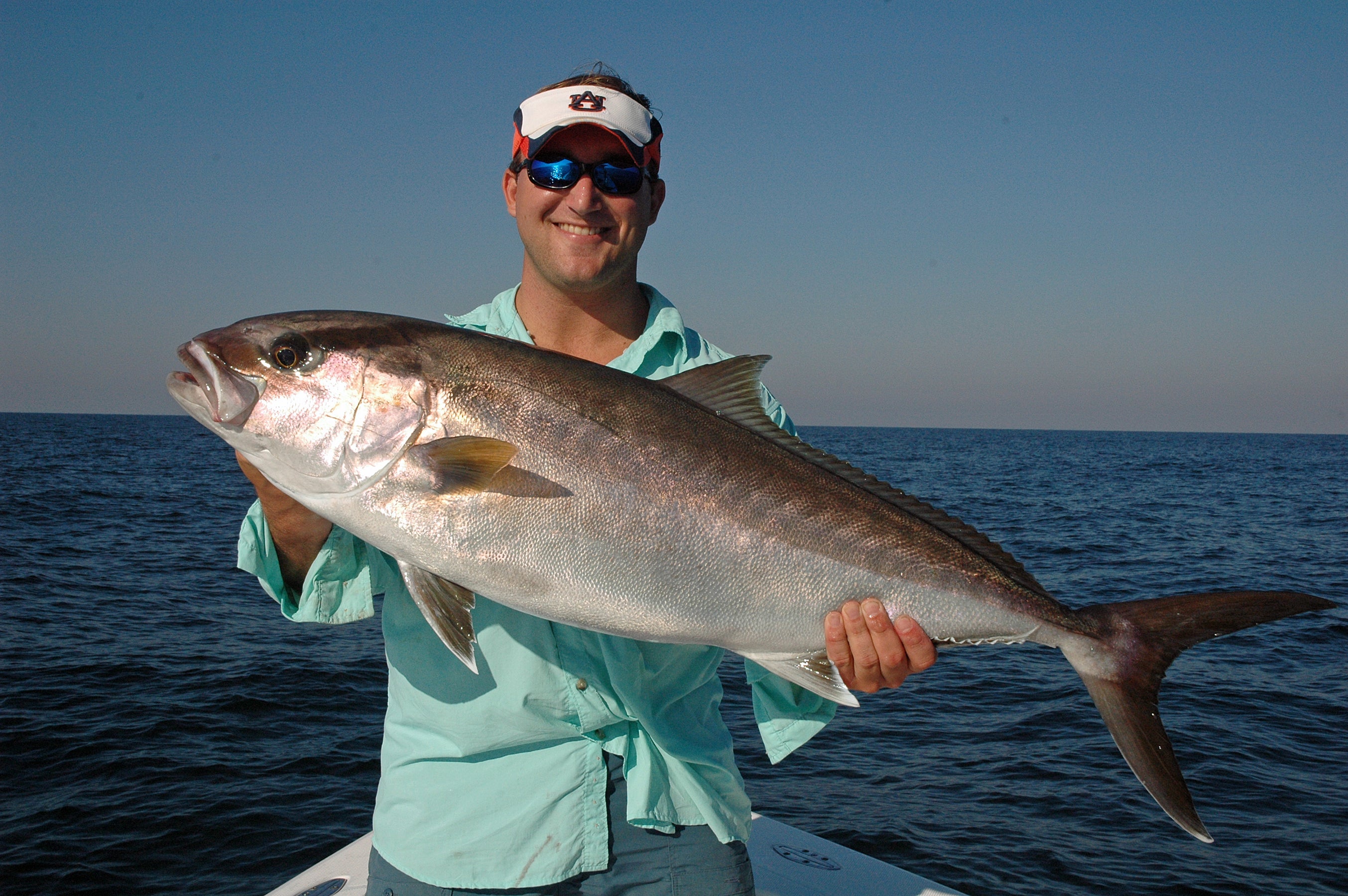By DAVID RAINER, Alabama Department of Conservation and Natural Resources
If you fish in Alabama coastal and/or offshore waters, the Alabama Department of Conservation and Natural Resources’ (ADCNR) Marine Resources Division (MRD) may soon ask for your help as it begins a pilot study in 2024 to gain data on recreational fishing effort for Alabama’s private anglers and state for-hire captains.
Alabama’s survey is similar to the effort survey currently used by the Louisiana Department of Wildlife and Fisheries to estimate the fishing effort for its saltwater anglers. The survey is a partnership among NOAA Fisheries, the Gulf States Marine Fisheries Commission and the ADCNR/MRD.
MRD will contact licensed anglers and for-hire captains weekly to gather fishing trip information from the previous week.
“Over the last few years as we moved to the state management of red snapper and looked at how some other species are federally regulated, Alabama and some other states have had concerns about how the federal surveys have gone, especially when it comes to effort, how many people are participating in a fishery,” said MRD Director Scott Bannon. “We feel that between the estimates of red snapper landings from the federal survey and Snapper Check, the Snapper Check estimates are much more representative of the amount of harvest occurring in Alabama. Fishing effort is where most of the difference between the two estimates comes from, and we feel like there are ways to estimate effort better.
“Florida has basically moved to its own system, and Louisiana and Texas have systems of their own. Mississippi and Alabama have chosen to have a trial year of 2024 to implement state data collection systems for all species. We’re going to do some side-by-side comparisons of the federal survey numbers compared to the states’ pilot survey numbers.”
Significant changes were made within NOAA Fisheries’ private recreational survey method in 2018. The largest of the changes was contacting individuals via mail from randomly selected mailing addresses in coastal states, which resulted in much higher estimates of fishing effort. Those higher estimates were large enough to cause concerns within the marine fisheries management community regarding the accuracy of Alabama saltwater fishing effort.
The biggest contention has to do with Alabama’s signature saltwater species – red snapper, which thrives off Alabama’s coast. Alabama has the largest artificial reef zone (www.outdooralabama.com/saltwater-fishing/artificial-reefs) in the United States with nearly 1,100 square miles designated for habitat enhancement. Beginning in 2012, the populations of red snapper and other popular reef fish have been estimated annually through research from the University of South Alabama’s School of Marine and Environmental Sciences. Recently, this research has been funded by anglers who purchase a Gulf Reef Fish Endorsement with their Alabama saltwater fishing license.
As many Alabama residents and offshore anglers remember, the Gulf states were granted state management of red snapper in 2018, which included using state data collection programs to monitor harvests. Along with small increases to the annual catch limit (quota), the red snapper seasons also increased since implementing state management. Bannon said that system worked very well. However, NOAA Fisheries insisted that harvest estimates from Mississippi, Florida and Alabama data collection programs be calibrated to recognize the difference between the federal effort surveys and the state surveys.
As a result of calibration, Alabama’s private recreational anglers had a 51% decrease in the 2023 red snapper quota. Alabama’s private recreational catch limit went from 1,122,662 pounds in 2022 to 558,200 pounds in 2023. For the 2024 season, MRD anticipates an increase in quota because of a calibration modification approved by the Gulf of Mexico Fishery Management Council (Gulf Council) in August 2023.








